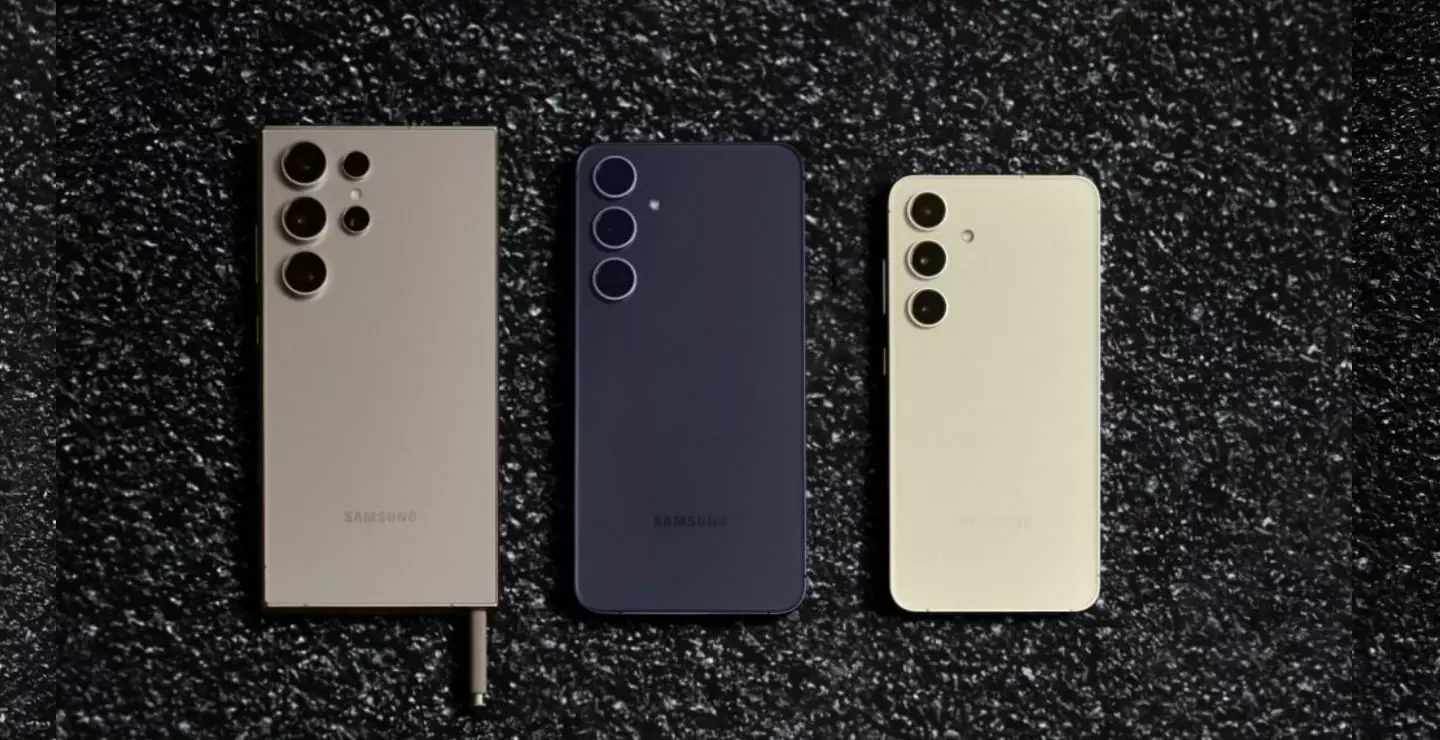As the smartphone industry emerges from two years of stagnant sales, a newly released report indicates a revitalization marked by a 4% increase in global shipments year-over-year (YoY) for 2024. This uptick, as reported by a prominent market research firm, signals a shift in consumer sentiment, bolstered by positive macroeconomic conditions. While 2023 struggled to maintain momentum, ranking as the worst year for smartphone sales in a decade, the market’s current trajectory showcases resilience and growth potential.
In terms of market dominance, Samsung reclaimed its position as the leading smartphone manufacturer, boasting a market share of 19%. This surge can largely be attributed to the launch of the Galaxy S24 series, which was well-received for its innovative features, particularly those leveraging AI technology. These advancements resonate with consumer demands in key territories such as Western Europe and the USA.
Apple secured the second position with an 18% market share, although its iPhone 16 series met mixed reviews due to issues surrounding the availability of its advanced features at launch. Despite this, Apple demonstrated significant growth in non-traditional markets including Latin America, Africa, and parts of the Asia-Pacific. Notably, demand for the premium Pro and Pro Max variants in China is significantly climbing, indicating Apple’s ability to penetrate diverse market segments despite challenges in distribution.
Xiaomi holds the third position with a 14% market share but stands out as the fastest-growing major brand in 2024. Their strategic endeavors to enhance market visibility and engagement have allowed them to capture consumer interest effectively. Meanwhile, Vivo and Oppo maintain an 8% share each, solidifying their positions within the competitive landscape.
Despite the top five smartphone manufacturers retaining their rankings from 2023, they face fierce competition. The report highlights a notable share loss among these leaders, attributed to aggressive actions from competitors like Huawei, Honor, and Motorola, the latter emerging as the most rapidly growing brand among the top ten. This trend underscores the dynamic nature of the smartphone market, where innovation and competitive pricing are critical to maintaining market share.
As the smartphone landscape adapts, the 2024 market has seen the introduction of Generative AI technology across premium devices. This leap forward is likely to redefine user experiences, positioning GenAI as a game-changer in the sector. Projections suggest that by 2028, a staggering nine out of ten smartphones priced above $250 (approximately Rs. 21,700) will incorporate GenAI capabilities, hinting at the industry’s swift evolution.
The resurgence in smartphone shipments cannot be viewed in isolation. It is intricately connected to broader macroeconomic shifts. Tarun Pathak, Research Director at Counterpoint Research, noted that as macroeconomic pressures began to ease, markets not only showed signs of recovery but experienced consistent growth for five consecutive quarters. Regions such as Europe, China, and Latin America have become central to this recovery narrative, enjoying increased consumer confidence and purchasing power.
While the volume growth has moderated compared to pre-COVID peaks, forecasts indicate a revenue growth of 8% YoY in 2025, outpacing the projected 4% growth in shipments. This divergence suggests a trend towards premium product offerings and a higher acceptance of advanced features, as consumers prioritize quality and innovation over sheer quantity in their purchasing behavior.
The smartphone industry in 2024 is characterized by a notable recovery, driven by major players like Samsung and Apple while facing intense competition from emerging brands. As the market adapts to consumer demands and technological advancements, particularly in AI, there is a palpable shift towards quality-driven purchasing behavior. With key regions demonstrating strong growth and the potential for revenue outpacing unit sales, the future of the smartphone market appears promising as it leverages renewed consumer interest stemming from improved economic conditions and cutting-edge innovations.

Leave a Reply